FUNS
The Mechanics of Control Sources
16-1
Chapter 16
FUNS
The name “FUNs,” although it sounds like a pun, is simply the best abbreviation for
“Function.” You’ll definitely have a good time with them, however, if you’re looking for a
variety of ways to control your sounds.
We’ve discussed various control sources throughout this manual, from the physical controls
like the Mod Wheel to the software control sources like LFOs and attack velocity. You can
assign them to affect your sounds in all sorts of ways.
The FUNs take the control sources one level further. By setting up a FUN as a control source,
you can mix the signals of two control sources, and perform one of 50 functions on the
combined signals. The result of that function becomes the new control source value. Because
the FUNs can radically change the combined input values, the FUNs can have a profound effect
on your sounds.
You may find that experimenting with the various FUN equations gives you a better idea of
their effects than reading the explanations. Although there’s a great deal of mathematics behind
the FUNs, the most important consideration is how they affect your sounds. The more you play
around with them, the better you’ll understand how powerful they are.
The Mechanics of Control Sources
We’ll return for a minute to the notion that the K2500 is an integrated system consisting of a
MIDI-driven sound engine and a MIDI-driven effects processor. The sound engine responds to
MIDI messages received at the MIDI In port and from the front panel, as does the effects
processor.
The K2500’s control sources use their own internal signal format for interpreting control
messages and communicating them to the sound engine. Every control source sent from your
MIDI controller to the K2500’s sound engine is translated to a value in the range from -1 to +1.
This consistency enables the sound engine to process control source signals very efficiently.
Conversely, the K2500’s internal control source signals are translated to MIDI values before
being sent to the MIDI Out port.
A control signal value of 0 represents minimum effect; it’s equivalent to the control source
being turned off or disconnected. A control signal value of +1 represents the maximum positive
effect of a control source, while a value of -1 represents the maximum negative effect of a
control source.
Unipolar and Bipolar Control Sources
There are two kinds of control source signals: unipolar and bipolar. A unipolar signal has a
value between 0 and +1. A bipolar signal has a value between -1 and +1.
A switch pedal is unipolar; its control signal value will never go below 0. Since it’s a switch
control, it has only two possible values: 0, which corresponds to off or minimum, and +1,
which corresponds to on or maximum. When you depress your MIDI controller’s sustain
pedal, for example, it sends a control signal value of +1 to the K2500’s sound engine.
Continuous controls can be unipolar or bipolar. Consider your MIDI controller’s Mod and
Pitch Wheels as examples. Normally, the Mod Wheel affects the K2500 as a unipolar control

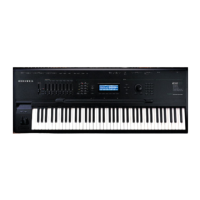
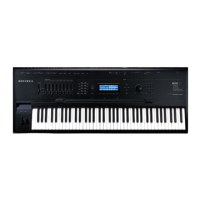
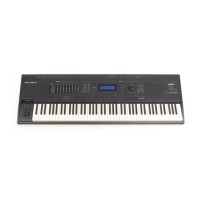
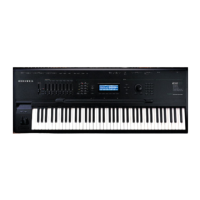
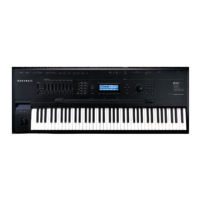
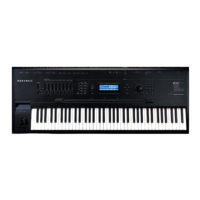
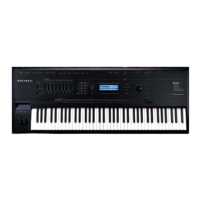
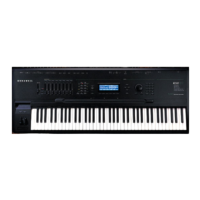
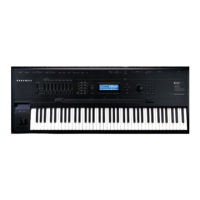
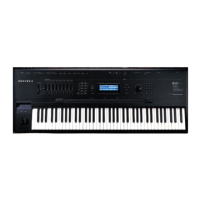
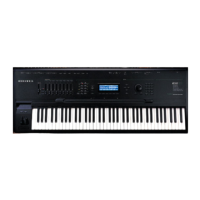
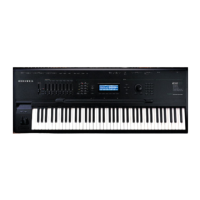
